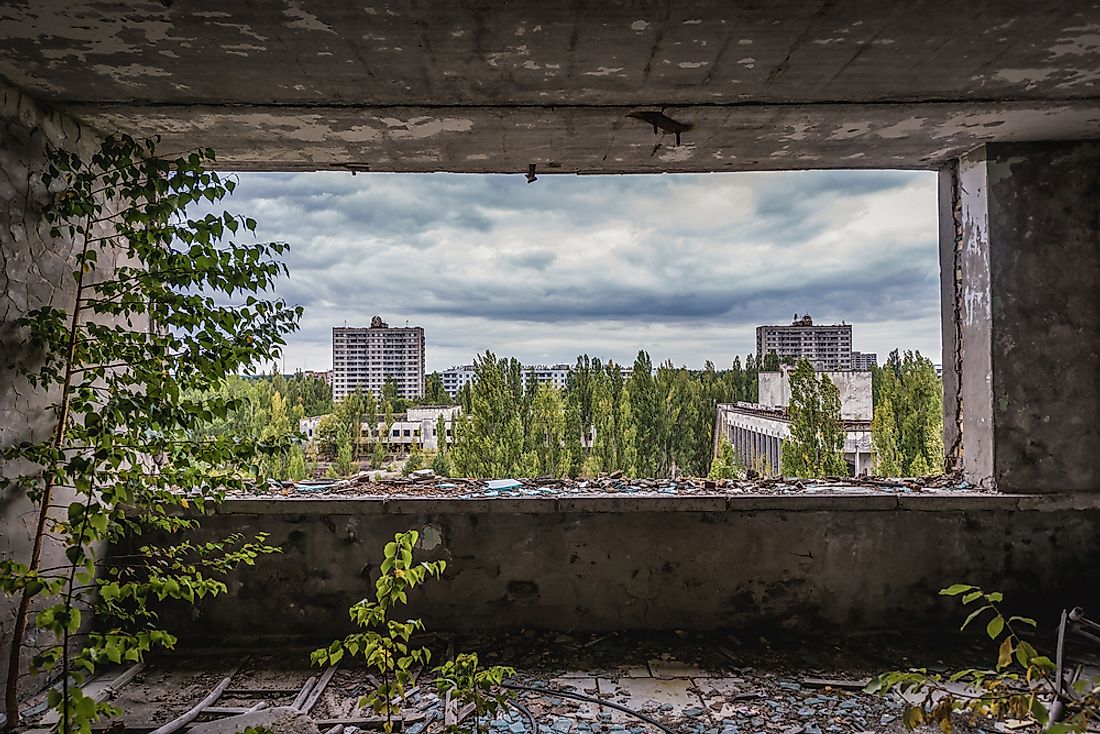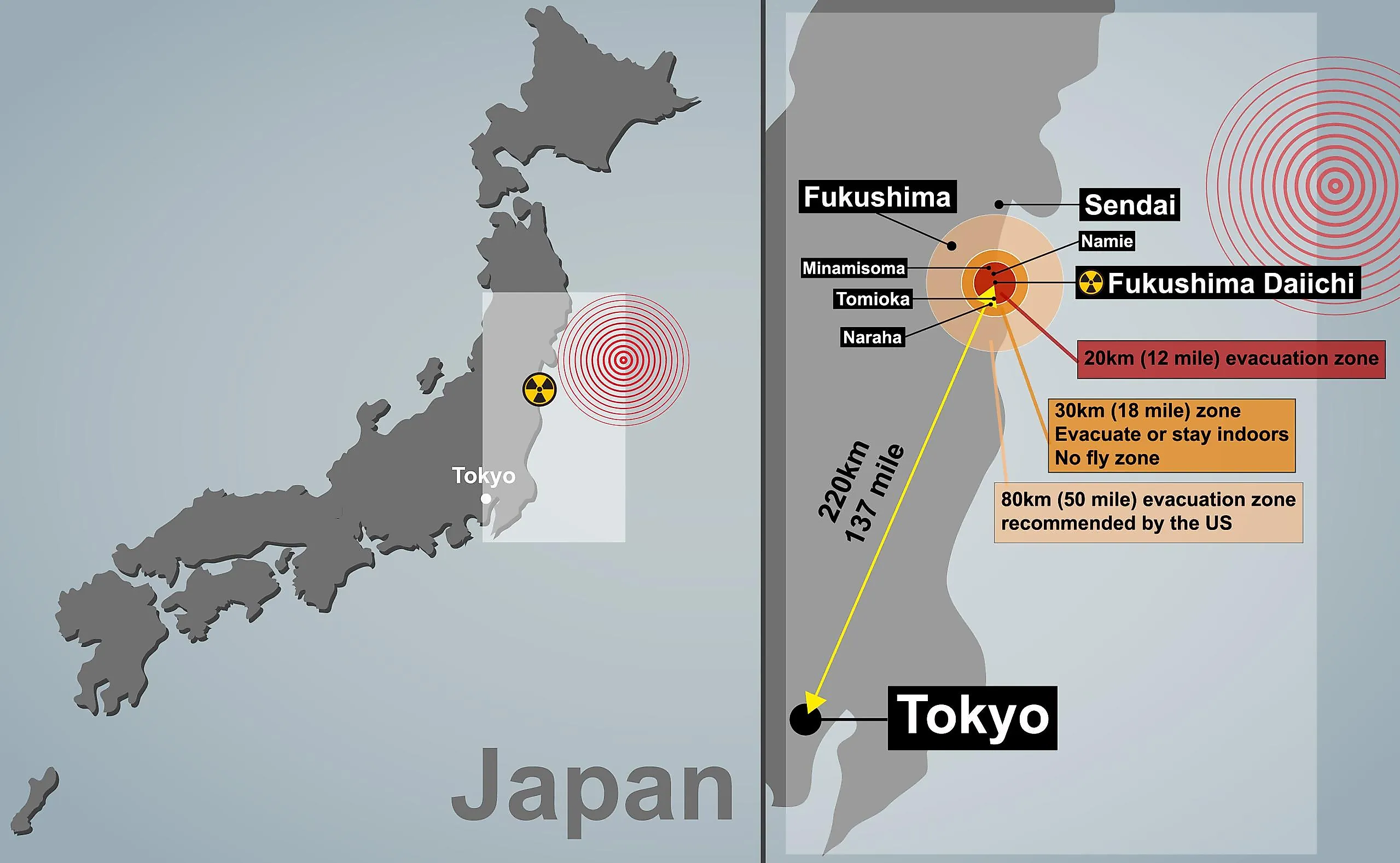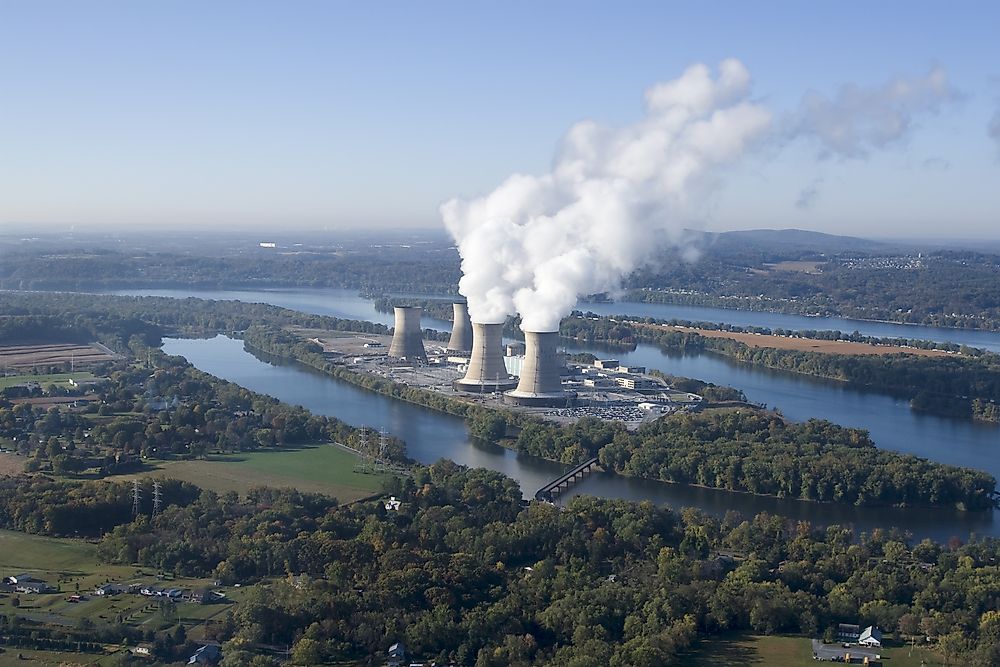
Microsoft features in the top position of the 2015 Forbes list for the world’s largest software companies.
Software has evolved through the years from programs placed on discs to now nearly immediate access through online activation. In the past, traditional software companies produced software programs sold to consumers through a disc that required purchase time and installation. In the modern day, thanks to the internet and cloud technology, customers can now gain immediate access to a software installation upon purchase.
Software companies today operate on many different business models and provide a wide array of products and services. Revenue generated from these services includes software license sales, maintenance services, subscription fees, support services, and more.
Across the technology industry, innovative developments are helping services from software companies to become faster and more productive for the customer than ever. Through the internet and cloud technology software companies are offering a broader array of options through the concept software-as-a-service (SaaS). SaaS offerings and revenue are at the core of nearly every top software company in the world. Through cloud technology, customers can more easily pay a regular subscription fee to immediately access software through the internet on the provider’s server. Software companies are also some of the world’s top developers of enterprise solutions commonly known as infrastructure as a service (IaaS) with SaaS powering many IaaS solutions.
Historically, technology has been one of the most innovative and high growth sectors in a country’s economy. This article looks at the top 10 software companies across the globe along with some of their brightest company highlights. This top 10 list comes from the Forbes Global 2000 which annually identifies the largest publicly traded companies in the world.
The “Forbes Global 2000” is a ranking of the top 2,000 public companies in the world. These ranking are based on 4 principal factors: market value, profit, sales, and assets. Each company on the list is characterized by its specific industry. This article takes a look at the top “Software and Programming” companies as featured on the Forbes Global 2000 list.
Microsoft
Microsoft, founded on April 4, 1975, is the biggest software company in the world with headquarters located in Redmond, Washington in the US. It has an annual sales rate of $97.58 billion. This multinational company produces various technology products, including: electronics, computer software, and personal computers. In May of 2011, Microsoft purchased Skype Technologies and in December of 2016, went on to purchase Linkedin. Although Microsoft’s growth was originally centered around personal computer operating systems, it has since lost a large share of that market to Android. It has, however, grown in the IBM-PC compatible operating systems and the office software suite markets.
Oracle
Oracle Corporation was founded in 1977 and is the second biggest software company in the world with headquarters located in Redwood City, California in the US. It has an annual sales rate of $38.8 billion. This multinational company develops database software, cloud engineered systems, customer management software, and supply chain management software. In 2004, this company acquired PeopleSoft, Hyperion, and Siebel Systems.
SAP
SAP, which in English stands for Systems Applications and Products in Data Processing, is a German multinational company with headquarters in the city of Walldorf in Baden-Wurttemberg. Founded in June of 1970, SAP is now considered the third largest software company per revenue in the world. It has an average sales rate of $23.3 billion. It has more than 335,000 customers in 190 countries. Since 2012, SAP has purchased several cloud-based companies in an attempt to compete with Oracle, its largest competitor. In 2014, SAP and IBM partnered up to market cloud-based services with IBM providing the infrastructure. Since then, SAP has also partnered with Microsoft in an effort to provide data visualization tools and better mobile applications.
Symantec
Symantec is based on Mountain View, California in the US. It was founded in 1982 with a National Science Foundation grant and originally intended to develop artificial-intelligence related products. Today, it produces security, storage, and backup software and is considered the fourth largest software company in the world. It has an annual average sales rate of $6.6 billion. In October of 2014, the company decided to split into two distinct organizations, one focused on information management and the other focused on security. This plan was realized in January of 2016, when Veritas Technologies was created and sold to The Carlyle Group.
VMware
VMware, founded in 1998, is the fifth largest software company in the world with headquarters located in Palo Alto, California in the US. It is a subsidiary of Dell Technologies and works to provide cloud services and virtualization software. VMware has an average sales rate of around $6 billion. Prior to becoming part of Dell, VMware was acquired by EMC Corporation in 2004. In 2007, EMC sold around 15% of the company on the New York Stock Exchange. VMware restructured its organization at the beginning of 2016 before EMC was purchased by Dell.
Other software companies can be seen in the chart published below.
What is the World’s Largest Software Company?
Microsoft, founded on April 4, 1975, is the biggest software company in the world with headquarters located in Redmond, Washington in the US. It has an annual sales rate of $97.58 billion
Which Are The Biggest Software Companies Operating In The World Today?
| Rank | Organization | Sales | Headquarters |
|---|---|---|---|
| 1 | Microsoft | $97.58 | Redmond, WA, US |
| 2 | Oracle | $38.8 | Redwood City, CA, US |
| 3 | SAP | $23.3 | Walldorf, Germany |
| 4 | Symantec | $6.6 | Mountain View, CA, US |
| 5 | VMware | $6 | Palo Alto, CA, US |
| 6 | HCL Technologies | $5.2 | Noida, UP, India |
| 7 | Fiserv | $5.1 | Brookfield, WI, US |
| 8 | Intuit | $4.6 | Mountain View, CA, US |
| 9 | Amadeus IT Group | $4.5 | Madrid, Spain |
| 10 | CA Technologies | $4.3 | Islandia, NY, US |












